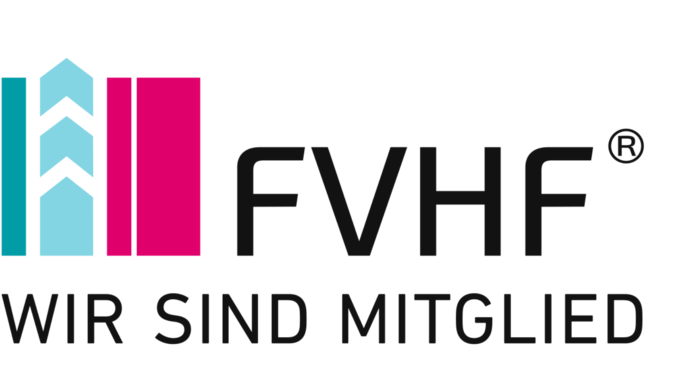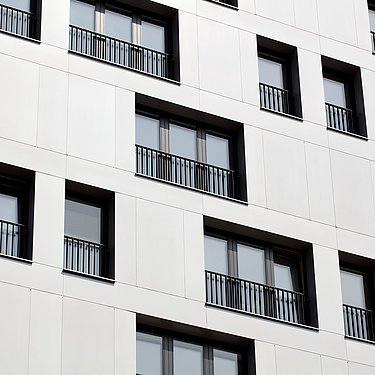
The rainscreen facade.
Innovative Systems for modern Architecture.
A facade is far more than a building’s exterior. It defines architectural character, influences energy performance, and provides lasting protection against environmental impacts. Modern architecture therefore requires solutions that combine functionality, durability, and design versatility – and this is precisely what the rainscreen facade delivers.
The Rainscreen Principle
The principle of a rainscreen drained and back ventilated system is simple yet highly effective: weather protection and thermal insulation are clearly separated, while a ventilated cavity ensures that the building envelope remains dry and efficient. The result is a facade solution that sets benchmarks in both technical and ecological terms, while offering unlimited design freedom.
For investors, architects, and planners this means: long-term value through durability, reduced operating costs, and the ability to realize distinctive design concepts with an advanced ventilated facade system built for the future.
The systematic structure of a rainscreen facade is straightforward. Each layer has a clearly defined function and is part of an integrated concept:
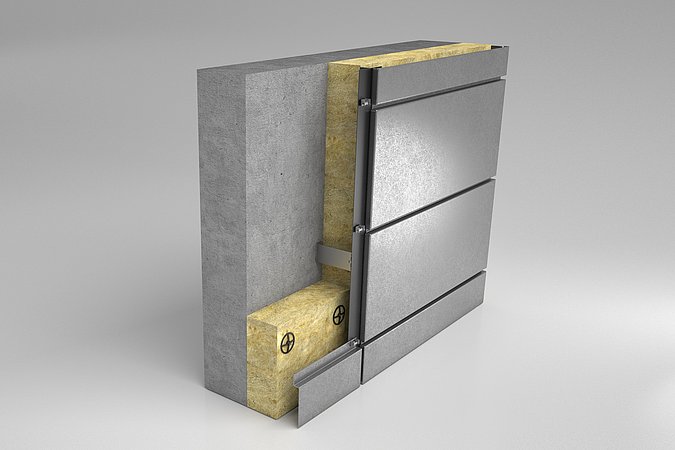
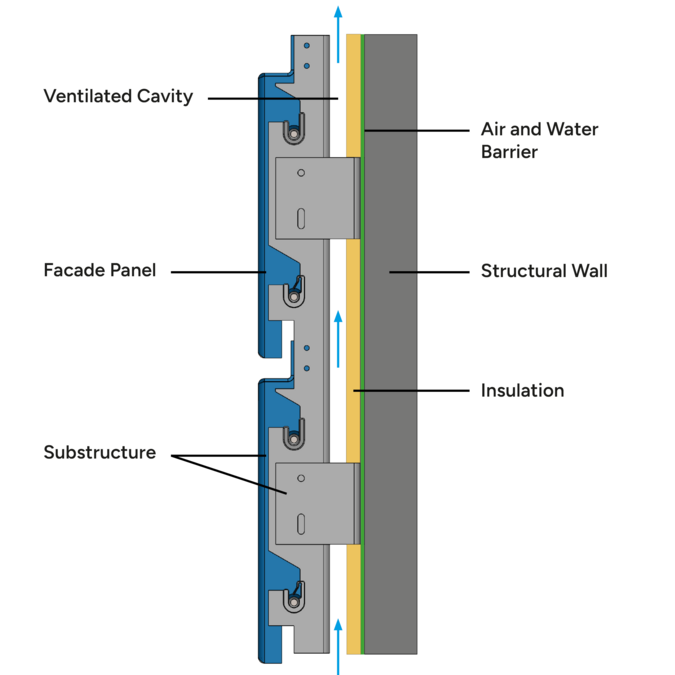
- Structural Wall (masonry, concrete, stud wall or other) - the load-bearing structure of the building.
- Air and water barrier - avoids vapor transmission into the building and protects the structure from moisture damage.
- Insulation - provides thermal protection and is fixed directly to the wall, outside the air barrier.
- Ventilation cavity - the continuous air gap behind the cladding that allows moisture and heat to escape, balances temperature fluctuations, and keeps the insulation dry for a durable, high-performance facade.
- Substructure - adjustable support profiles that securely transfer loads into the building and compensate for construction tolerances.
- Facade panels - the visible cladding that delivers reliable weather protection while defining the architectural character.
System Functionality
The functionality of a rainscreen facade is based on the clear separation of weather protection and thermal insulation. The outer metal panels provide a durable shield against rain, wind, and solar exposure. Any moisture or condensation that enters the assembly is effectively drying-off by the airflow in the ventilated cavity, ensuring that the insulation remains dry and maintains its full performance over time. Ventilated facade systems create a stable indoor environment, prevent structural damage, and enhance the building’s overall energy efficiency.
Features and Benefits of Our Rainscreen Systems
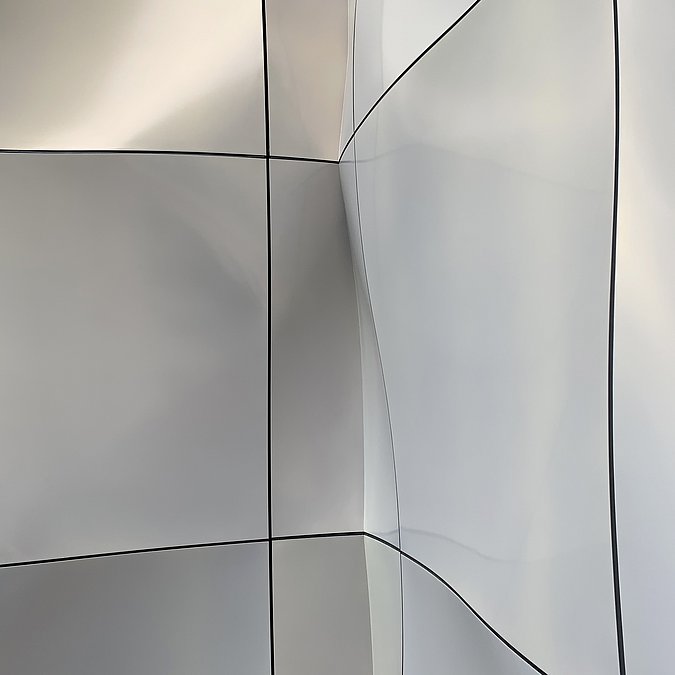
Energy Efficiency and Thermal Performance
A permanently dry insulation layer ensures that thermal performance remains consistent for many years. This keeps the U-value stable and the building envelope energy-efficient over its entire lifespan. The result: reduced heating and cooling demand and a consistently comfortable indoor climate – warm in winter and pleasantly cool in summer.
Weather Protection and Durability
Our systems provide reliable protection against driving rain and moisture. Thanks to the ventilated cavity, the insulation stays dry, effectively preventing structural damage. At the same time, premium materials ensure that the facade retains both its function and appearance for decades – with minimal maintenance and maximum service life.
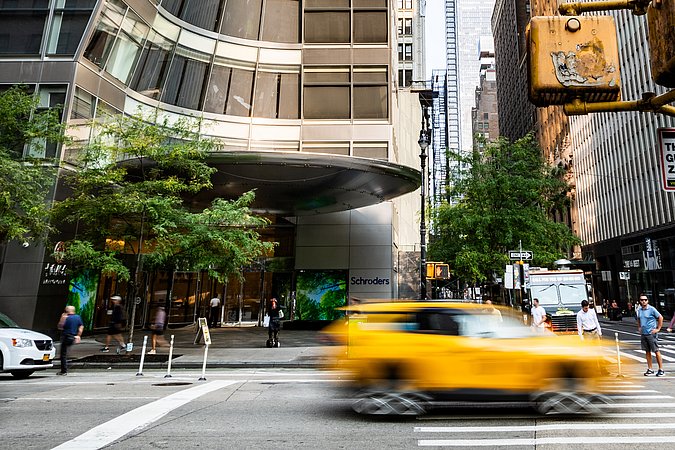
Fire Safety
We exclusively use solid metal in our production. As a result, our systems meet the highest fire safety classification A1 and are certified as non-combustible in accordance with NFPA 285.
Acoustic Performance and noise reduction
The multi-layered construction of insulation and cladding provides effective sound dampening – ideal for buildings in urban locations with higher noise levels.
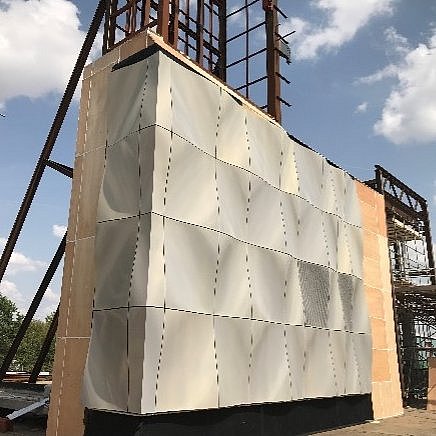
Mechanical Resistance and Safety
Our facade systems reliably withstand even the highest life loads, such as wind loads or mechanical impacts. Certified anchoring systems secure the facade even under extreme conditions. To guarantee the highest levels of quality and safety, we develop performance mock-ups for our projects and subject them to extensive load and functionality tests. This ensures that every facade not only meets design specifications but also maintains full functionality in demanding environments.
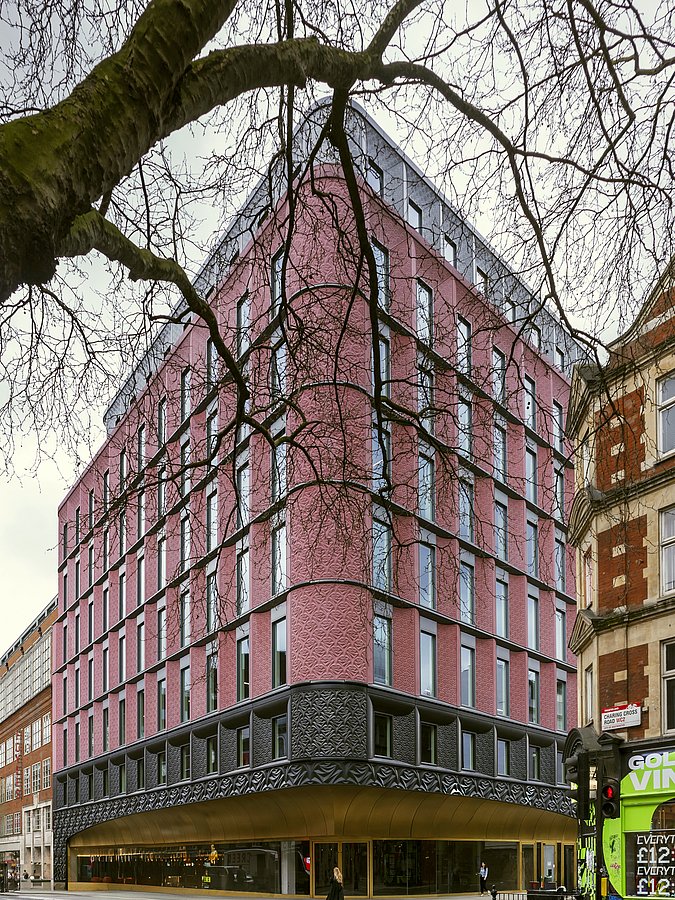
Ease of installation
Our facade systems are designed for quick and easy installation. The entire setting-out, levelling and alignment work is in our tracks and brackets only. No need to open the panel boxes until final hook-in day. Our system does not require any gaskets or sealants. Fully finished and pre-assembled components ensure no exposed or raw cut edges.
Innovative Design
From sleek minimalism to striking, expressive statements – the range of materials, surface finishes, and system solutions makes it easy to turn bold design ideas into reality. Seamless integration into curtain walls, soffits, columns, and interiors ensures creative freedom without compromising technical performance.
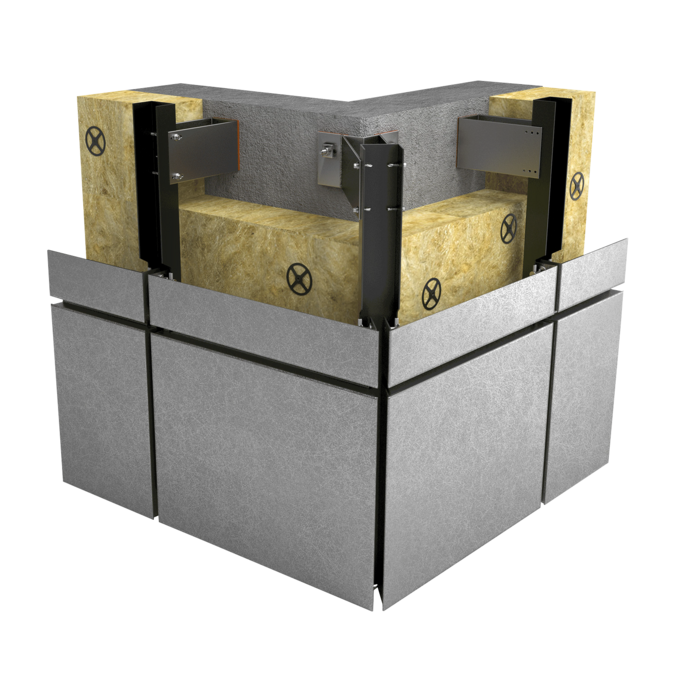
POHL systems
POHL facade systems offer a range of variants that provide the ideal foundation for customized solutions – perfectly tailored to the specific requirements of each project.
Smart Building Concepts with Rainscreen Systems
Rainscreen facades are far more than weather protection – they are a key component of future-ready building design.
- Energy Efficiency – The combination of high-performance insulation and a ventilated cavity significantly reduces energy demand for heating and cooling.
- Healthy Indoor Climate – Continuous airflow prevents moisture buildup and mold, while consistent thermal performance creates stable, comfortable temperatures – ideal for modern work and living spaces.
- Sustainability – Metal is durable and fully recyclable. To further reduce the environmental impact, we incorporate recycled materials into production. The clean separation of insulation, substructure, and cladding allows for an organized deconstruction process and the return of materials into the recycling loop at the end of the building’s lifecycle.
- Green Building Standards – Resource-efficient manufacturing processes align with leading sustainability certifications such as LEED and BREEAM, supporting architects and developers in realizing environmentally conscious building concepts.
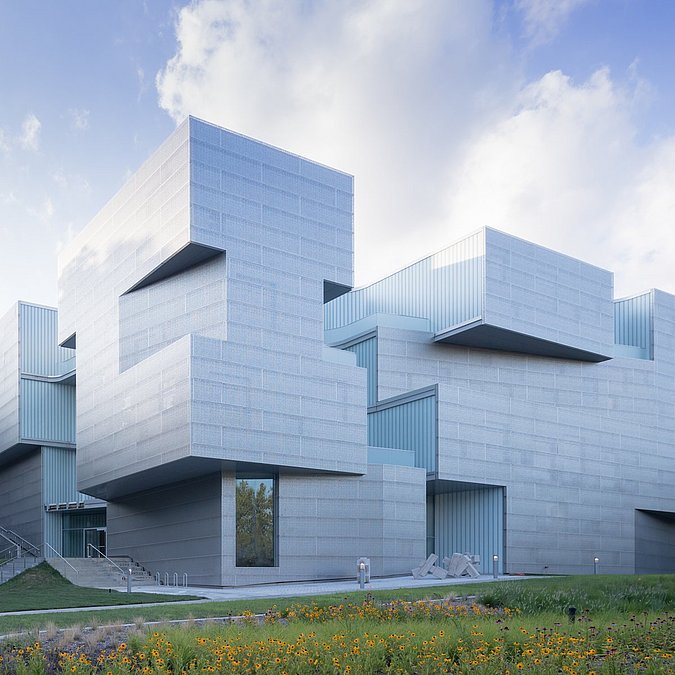
Beyond the surface
Rainscreen drained and back ventilated facade systems combine all the key qualities modern buildings demand in a clearly structured system: energy efficiency, robust and reliable protection against weather and mechanical stress, certified safety, and maximum design flexibility.
For investors, this translates into predictable life-cycle costs and long-term value. For architects, it opens up a wide range of possibilities in form, finish, and detail. And for occupants, it shapes living and working spaces that inspire comfort today and deliver quality for decades to come.
